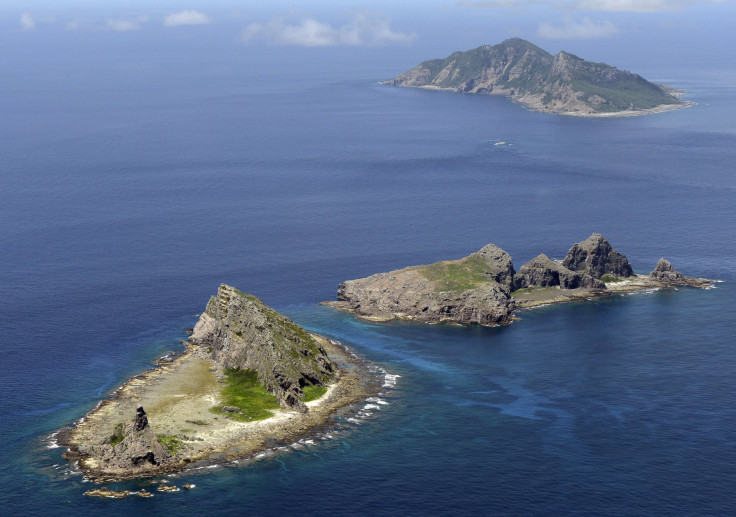Senkaku Islands Dispute: Japanese Military Braces for Intrusions by Chinese Fishing Fleet
Japan is bracing for a possible onslaught of Chinese fishing vessels, accompanied by the Chinese Coast Guard, into the waters around the Senkaku Islands when an Aug. 16 fishing ban expires.
If it happens, tensions over the disputed island chain that the Chinese call the Diaoyu Islands are likely to escalate. Japan’s Defense Minister Taro Kono held a press conference on Aug. 4 saying Japan’s Self-Defense Forces (SDF) units are ready to respond.
Beijing had warned Japan that they had no right to demand the Chinese fishing boats cease their activities, the Sankei Shimbun reported. A senior government official in Japan called Beijing’s words a "vengeful declaration of intent and a strategic move designed to justify provocations after the end of the fishing ban."
This is not the first time that a lifting of a fishing ban was followed by a throng of Chinese watercraft. According to a South China Morning Post (SCMP) article published Monday, in 2016, 72 fishing boats and 28 Chinese government ships operated with "impunity" for four days after a ban was lifted. If 100+ ships with Chinese Coast Guard vessels show up again, Tokyo’s options will be limited.
The constant presence of the Chinese is a concern to Garren Mulloy, believes, a professor of international relations at Daito Bunkyo University, and a specialist in regional security issues.
"It appears very much as if China is attempting to supplant Japan’s coastguard in those waters in terms of their ability to control and safeguard other ships. That means they are effectively replacing the local government of those islands and using that to reinforce their claims to sovereign control. That’s quite serious and a nightmare for Japan to deal with," Mulloy told SCMP.
Mulloy continued saying that China, with its huge coastguard and navy, is aware of Japan’s limited resources that are tasked with monitoring Russian and North Korean forces to the north in the Sea of Japan in addition to the troubled Senkaku/Diaoyu Islands.
"The coastguard could probably handle half a dozen fishing boats but if we see 200 boats…then there is only a certain amount they will be able to do," SCMP quoted Mulloy, as saying.
Another expert, Akitoshi Miyashita, a professor of international relations at Tokyo International University told SCMP, "As far as I can see, there is not much that even the SDF will be able to do to keep a large number of fishing boats away from those waters. Militarily there is not much that can be done, so perhaps the most significant thing would be to show resilience, to demonstrate Japan is standing firm and to communicate that to the Chinese government."
Under the Treaty of Mutual Cooperation and Security Between the United States and Japan, the U.S. is obligated to defend Japan against foreign adversaries. The U.S. has said that the islands fall under the defense treaty.
Kevin Schneider, commander of the U.S. Forces in Japan, told the Japan Times last week that the U.S. was "100 percent absolutely steadfast in its commitment to help the government of Japan with the situation."

© Copyright IBTimes 2024. All rights reserved.





















